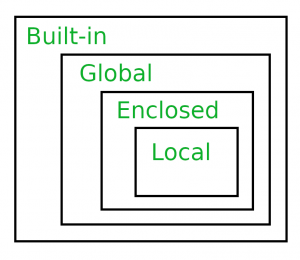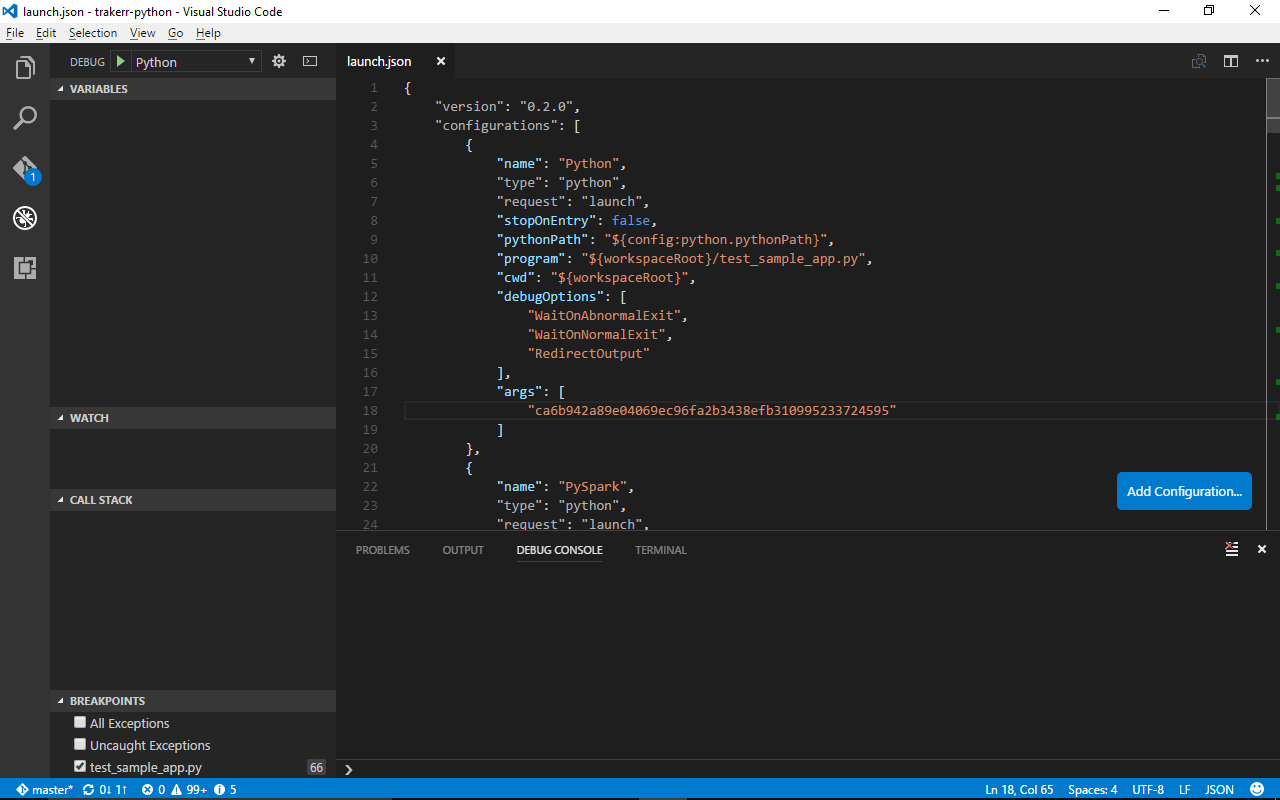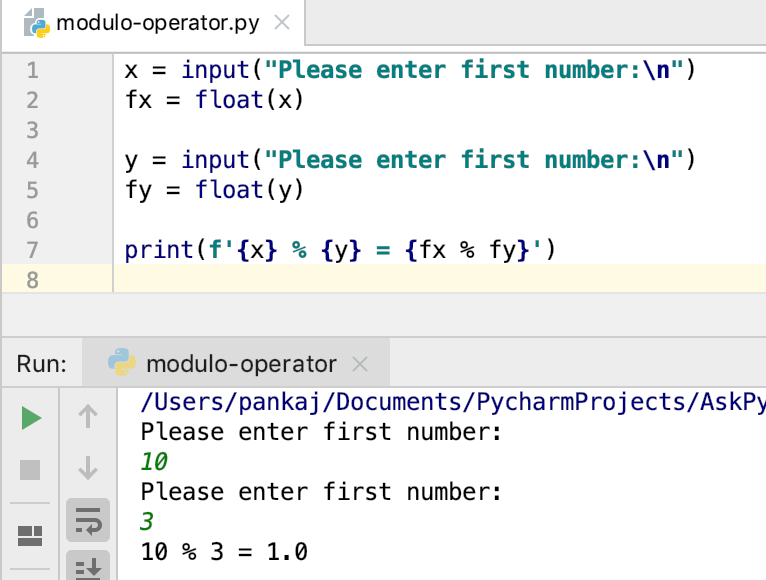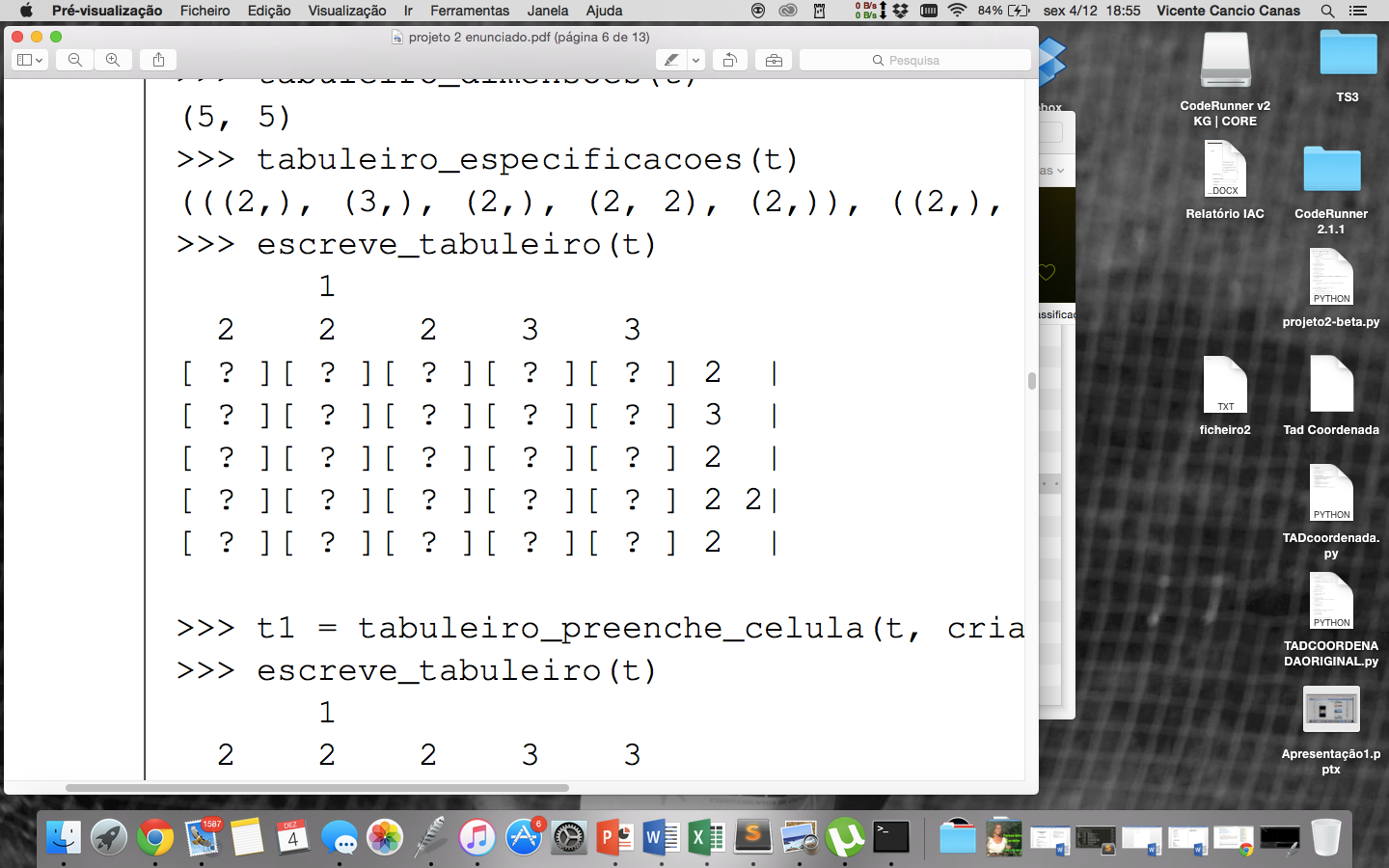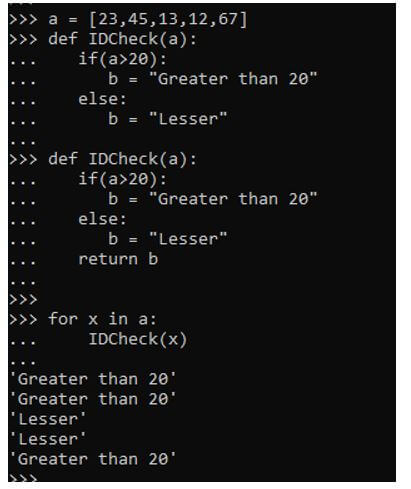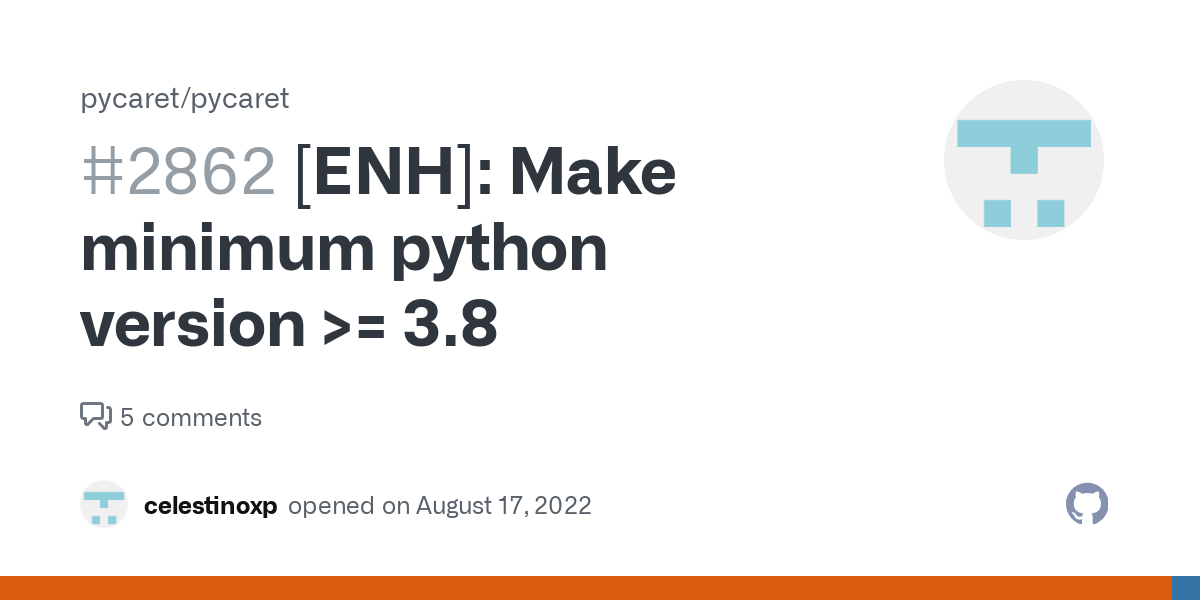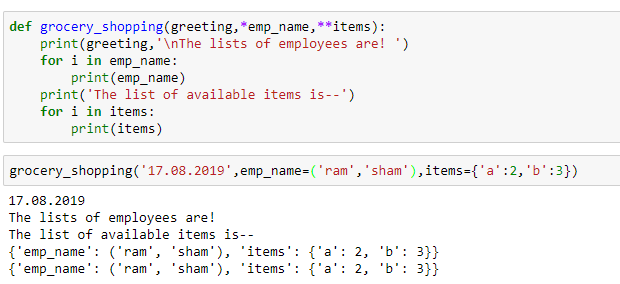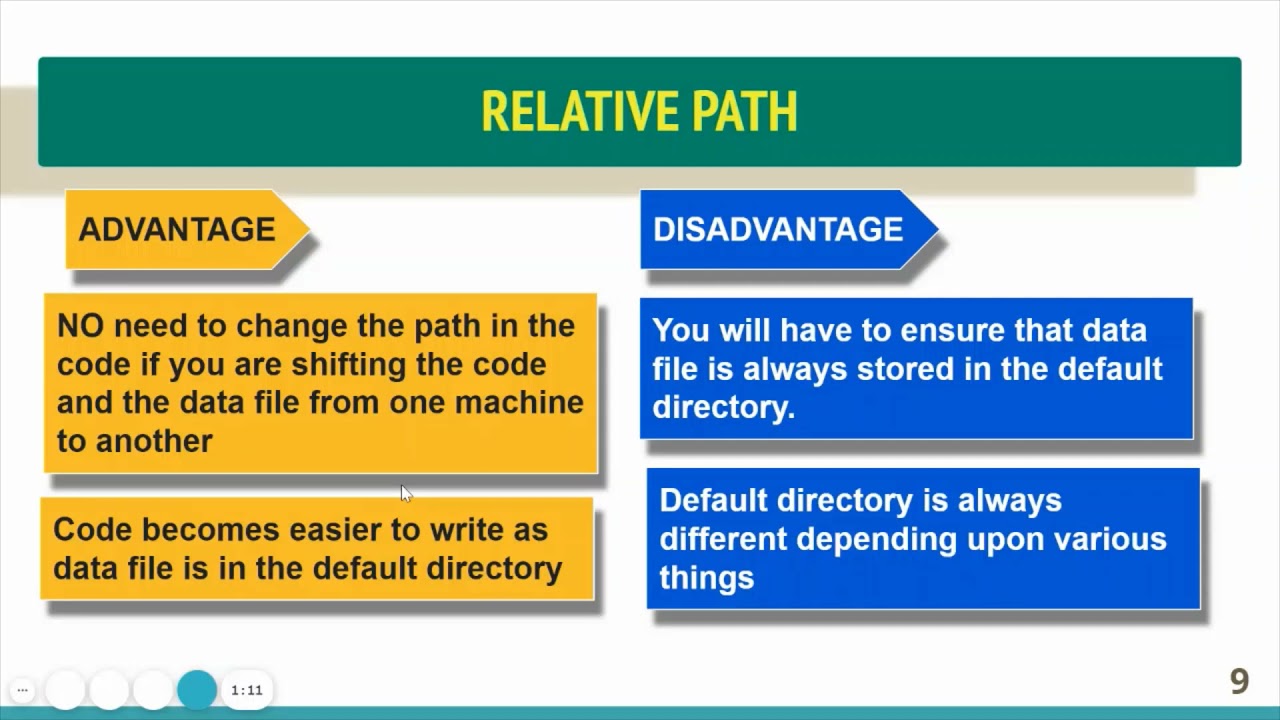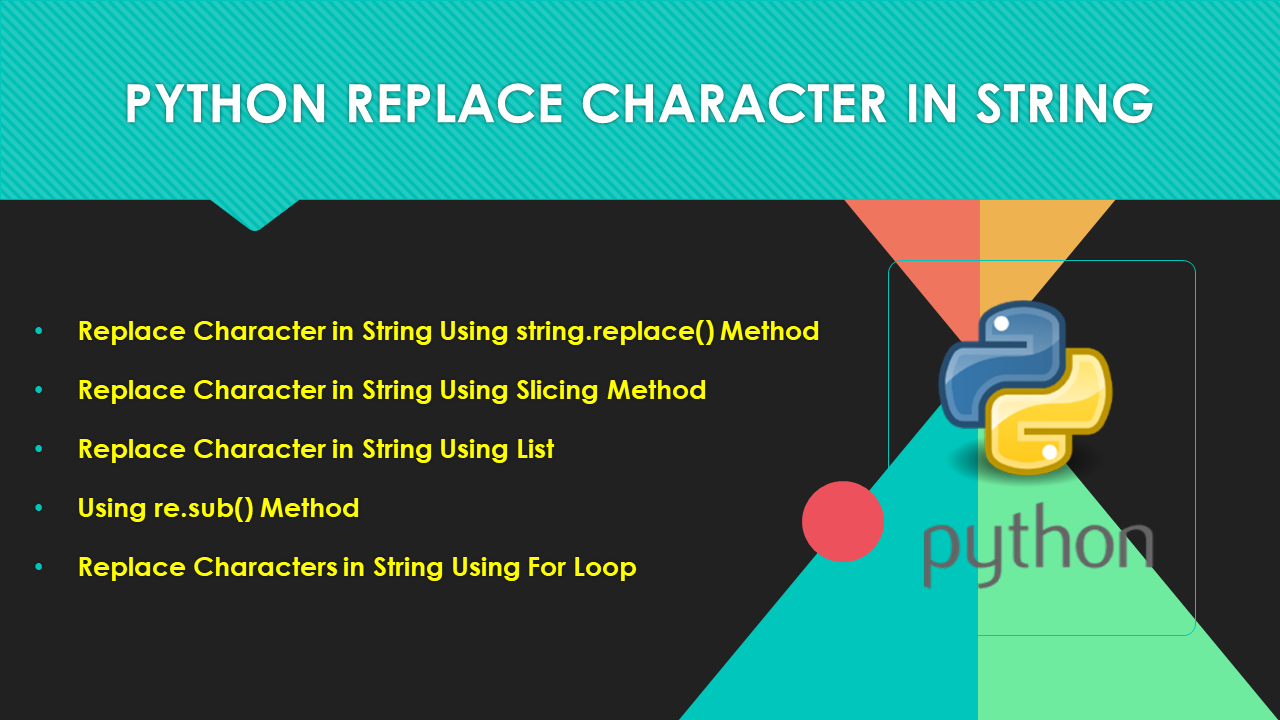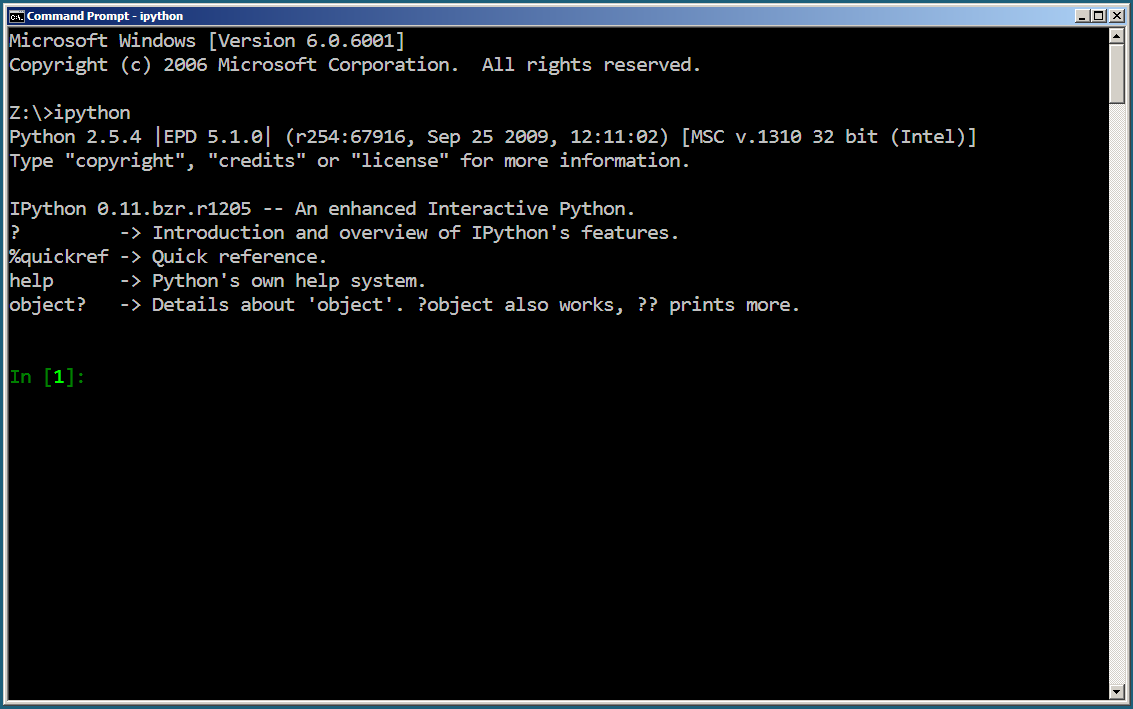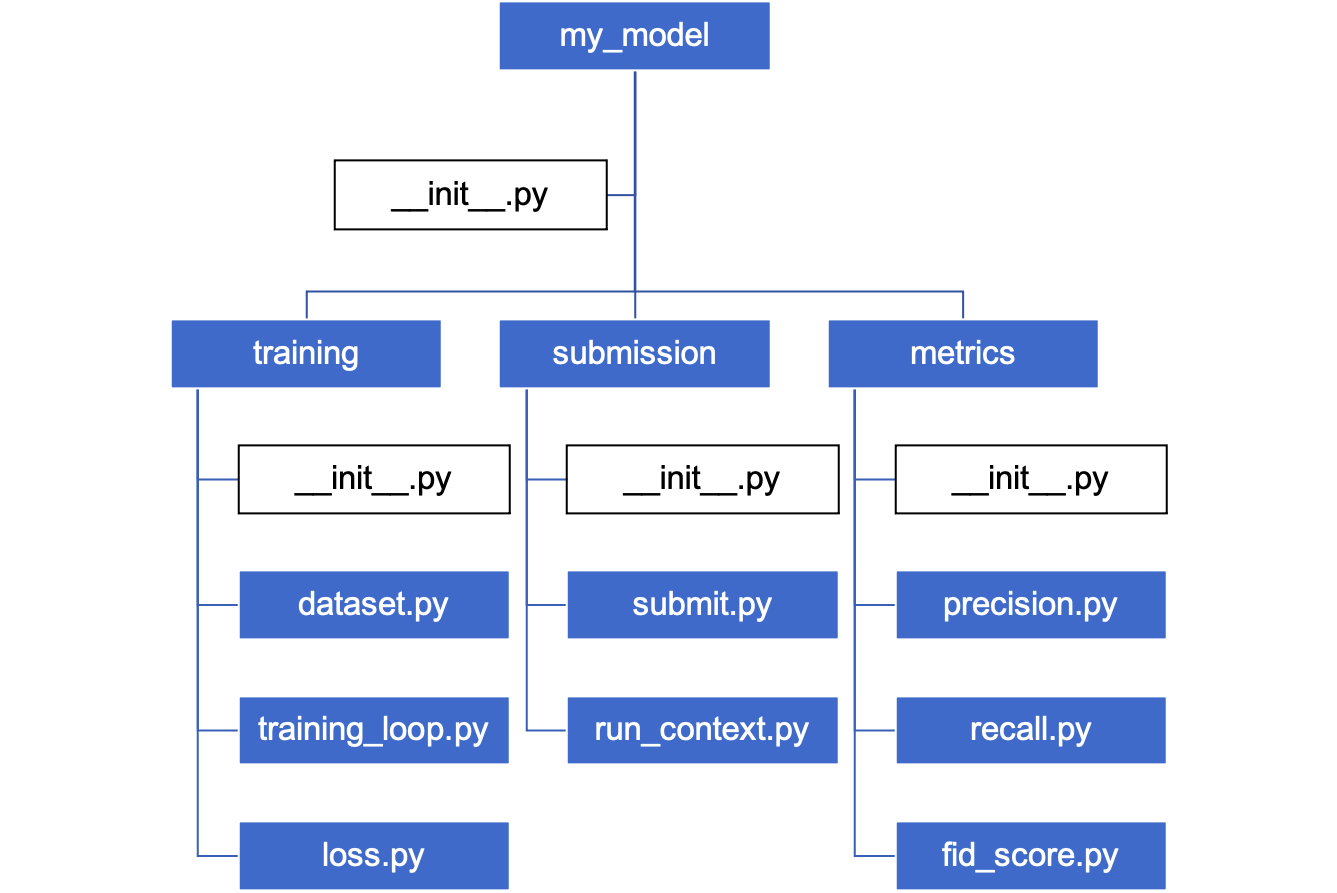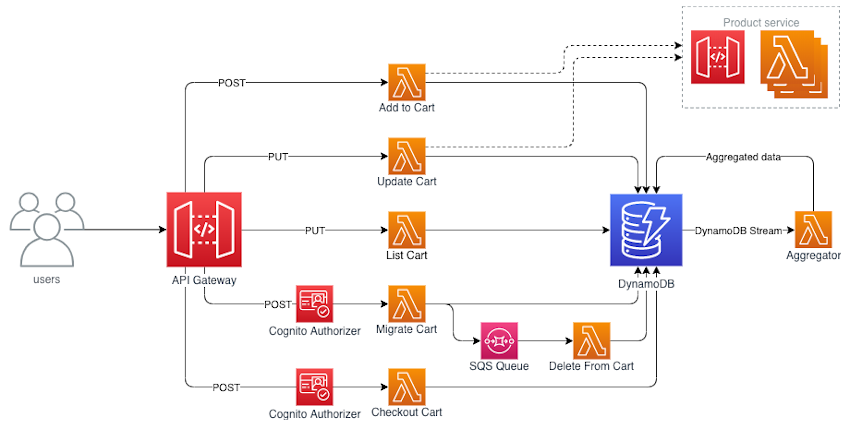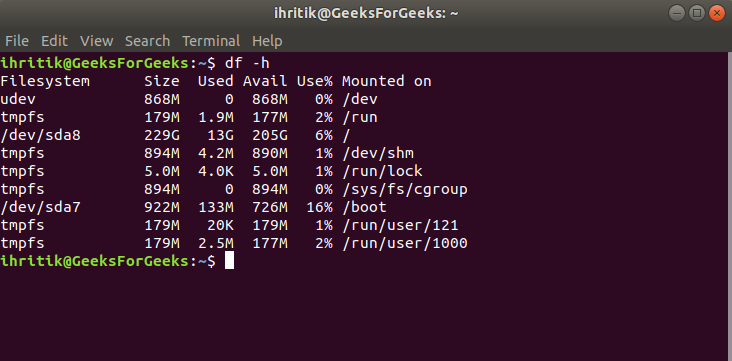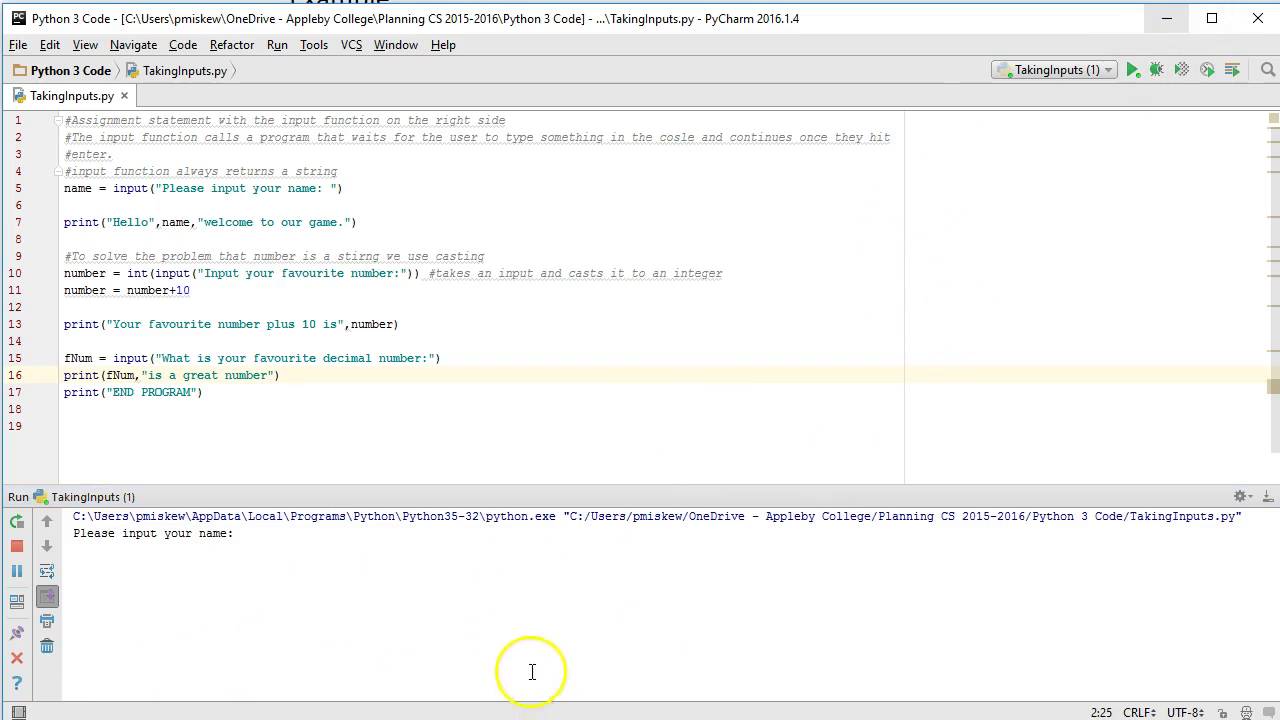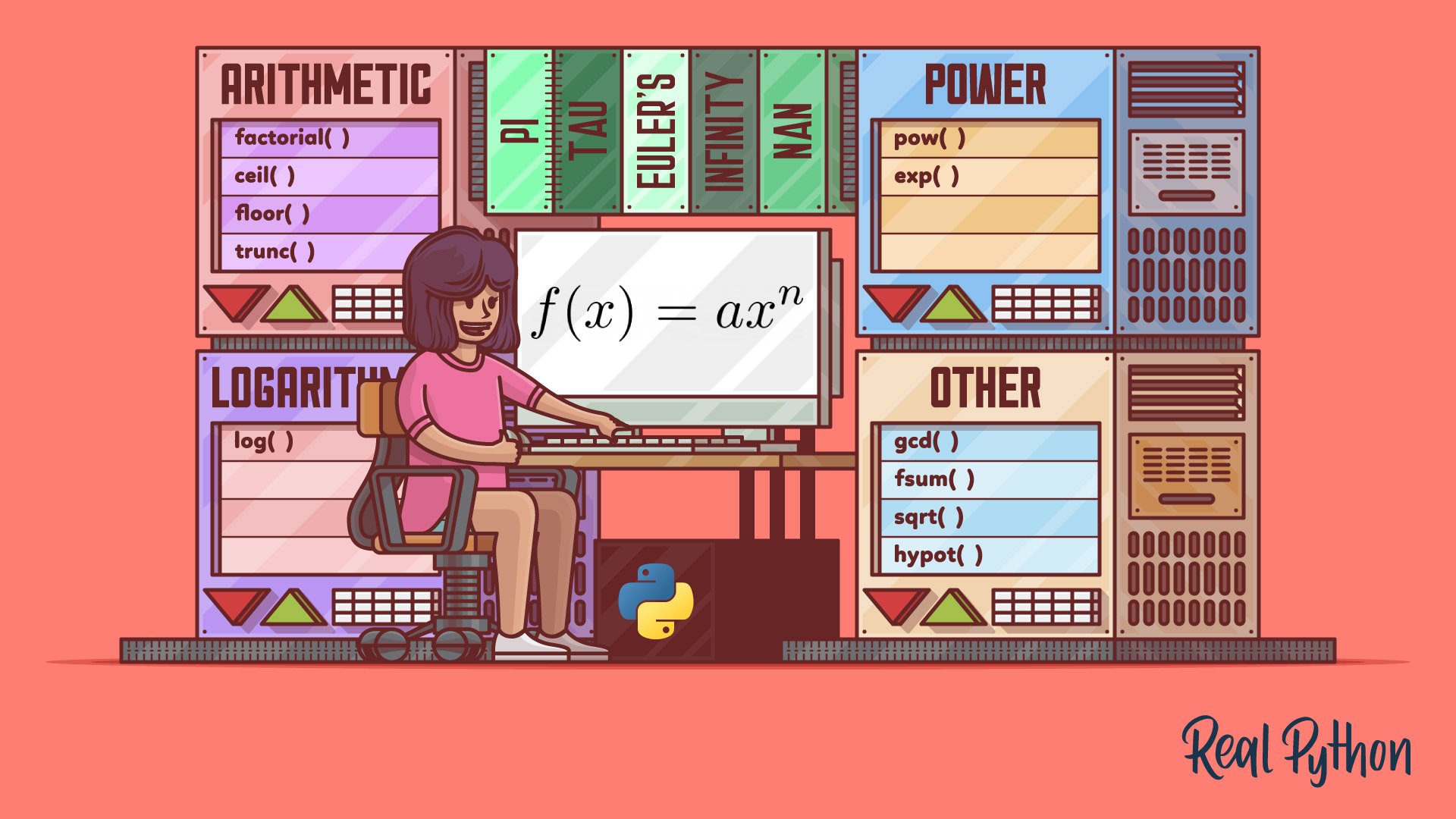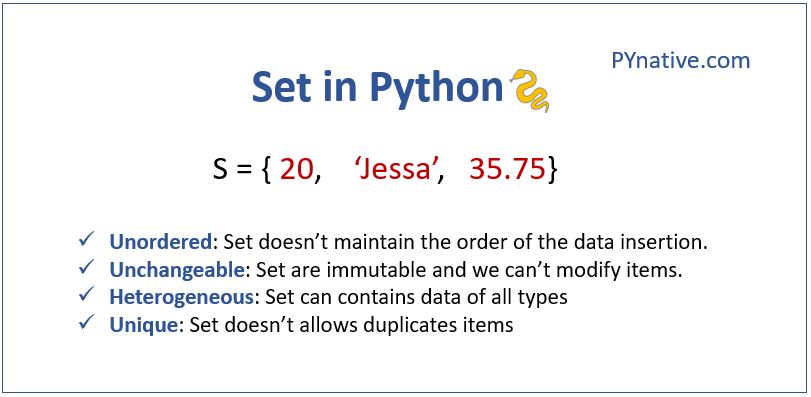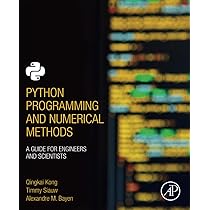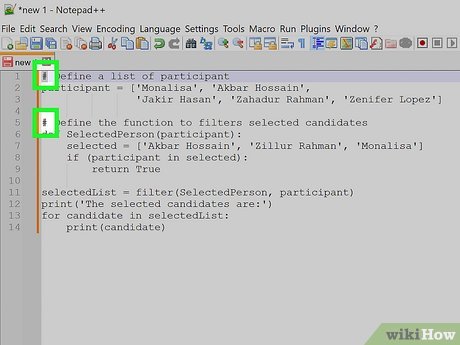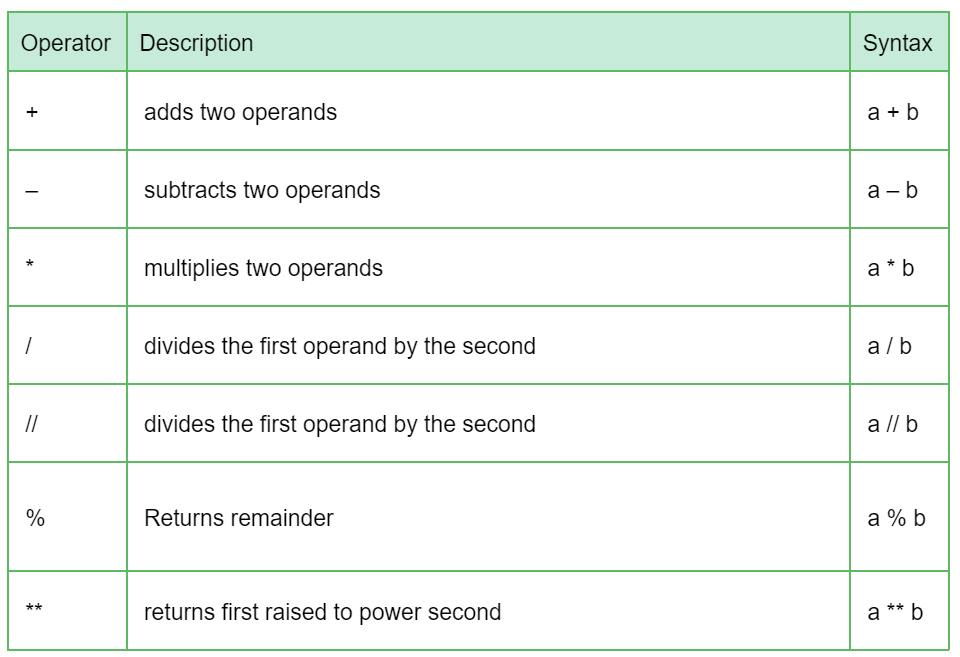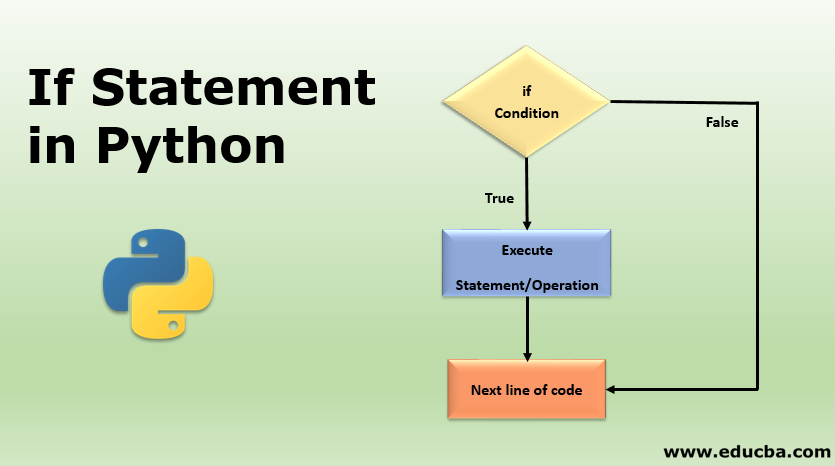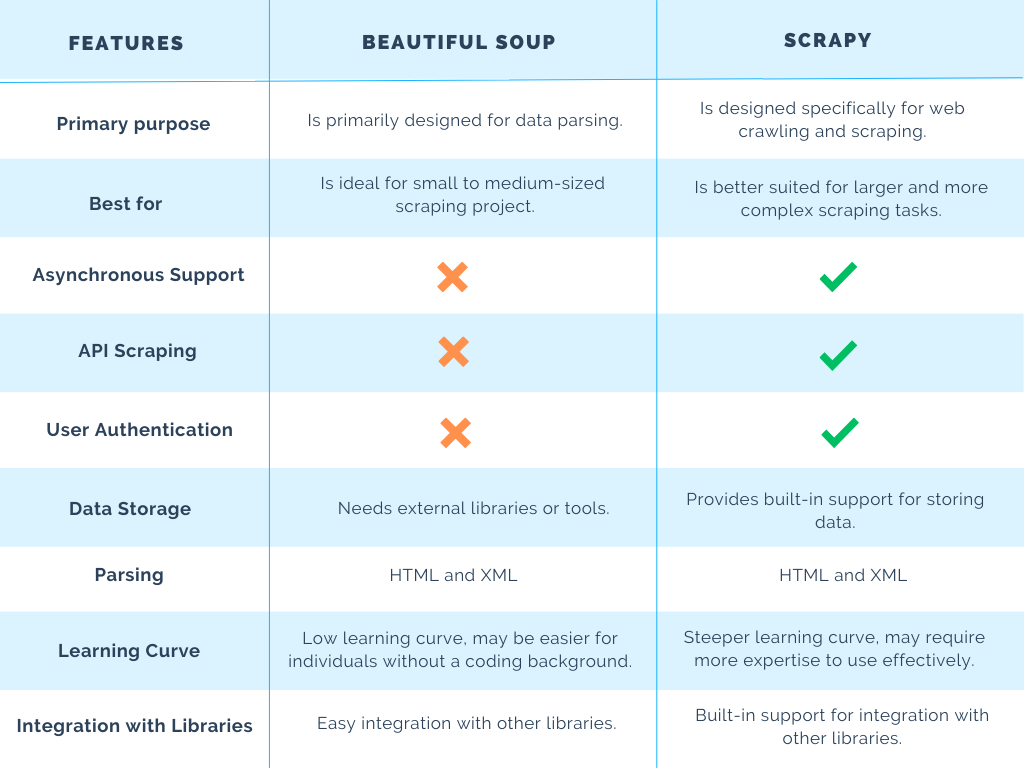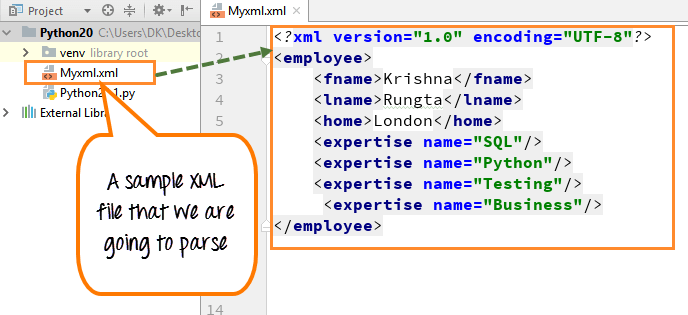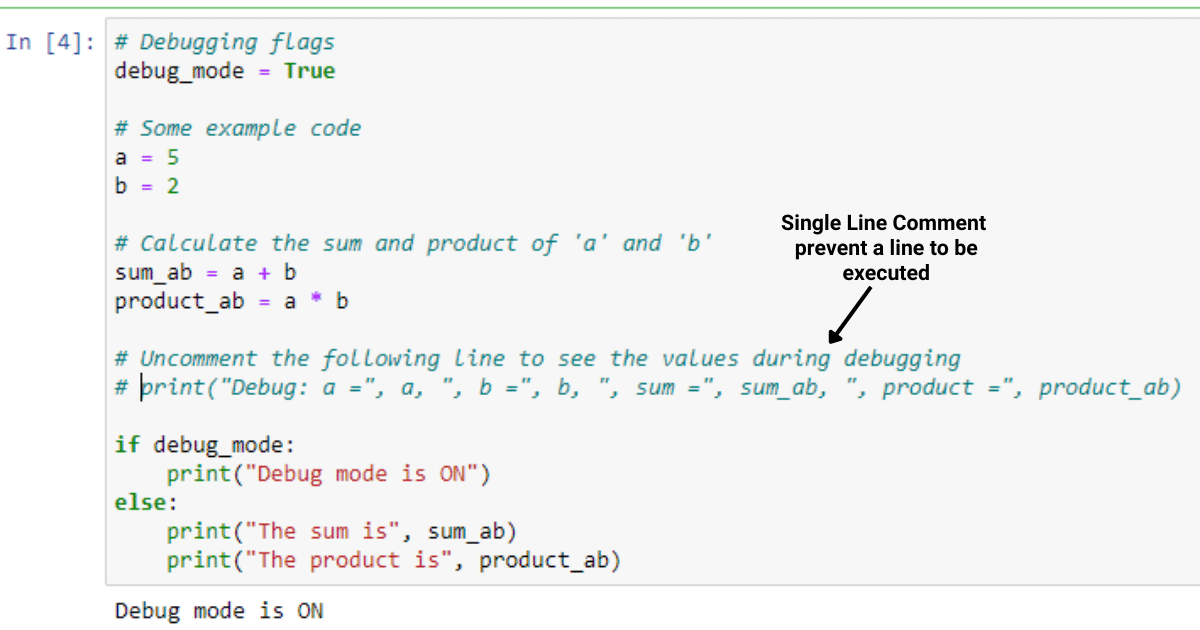What does list comprehension mean in Python?
What does list comprehension mean in Python?
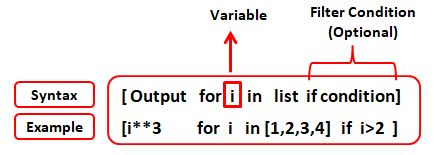
I apologize for the misunderstanding earlier! I'll respond in English as requested.
List comprehension is a powerful feature in Python that allows you to create new lists from existing ones by performing operations on each element. It's a concise and expressive way to manipulate data, making your code more readable and efficient.
The basic syntax of list comprehension is:
[expression for variable in iterable]
Let's break it down:
expression: This is the operation you want to perform on each element in the iterable. variable: This is a temporary variable that takes on the value of each element in the iterable as you iterate through it. iterable: This is the existing list or other sequence you're working with.
Here's an example:
Suppose you have a list of numbers and you want to create a new list containing only the squares of these numbers. You could use a for loop:
numbers = [1, 2, 3, 4, 5]
squares = []
for num in numbers:
squares.append(num ** 2)
print(squares) # Output: [1, 4, 9, 16, 25]
Or, you could use list comprehension:
numbers = [1, 2, 3, 4, 5]
squares = [num ** 2 for num in numbers]
print(squares) # Output: [1, 4, 9, 16, 25]
As you can see, the list comprehension is much more concise and easy to read. The expression part (num ** 2) is evaluated for each element in the iterable (the numbers list), and the results are collected into a new list.
List comprehensions can be used with various types of iterables, such as lists, tuples, dictionaries, and even other list comprehensions. You can also use conditional statements (if or for) to filter out elements that don't meet certain criteria.
Some examples:
Filtering out odd numbers from a list:numbers = [1, 2, 3, 4, 5]
even_numbers = [num for num in numbers if num % 2 == 0]
print(even_numbers) # Output: [2, 4]
person = {"name": "John", "age": 30, "city": "New York"}
selected_person = {k: v for k, v in person.items() if k in ["name", "age"]}
print(selected_person) # Output: {"name": "John", "age": 30}
List comprehensions can also be used with other built-in functions like map, filter, and reduce. They're a powerful tool to have in your Python toolkit, and mastering them will make you a more efficient and effective programmer.
That's it! I hope this explanation helps you understand list comprehensions better.
What is the difference between set and list comprehension in Python?
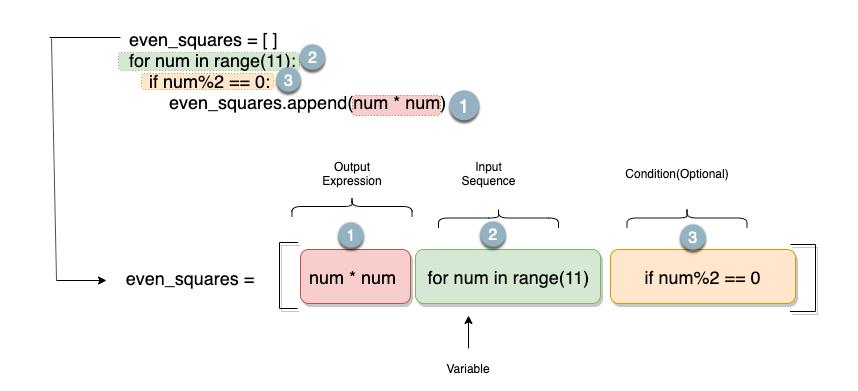
I'd be happy to explain the differences between set comprehension and list comprehension in Python!
List Comprehension
A list comprehension is a powerful feature in Python that allows you to create a new list from an existing iterable (such as a list, tuple, or string) by applying a transformation function to each element. The general syntax for list comprehension is as follows:
new_list = [expression(element) for element in original_list]
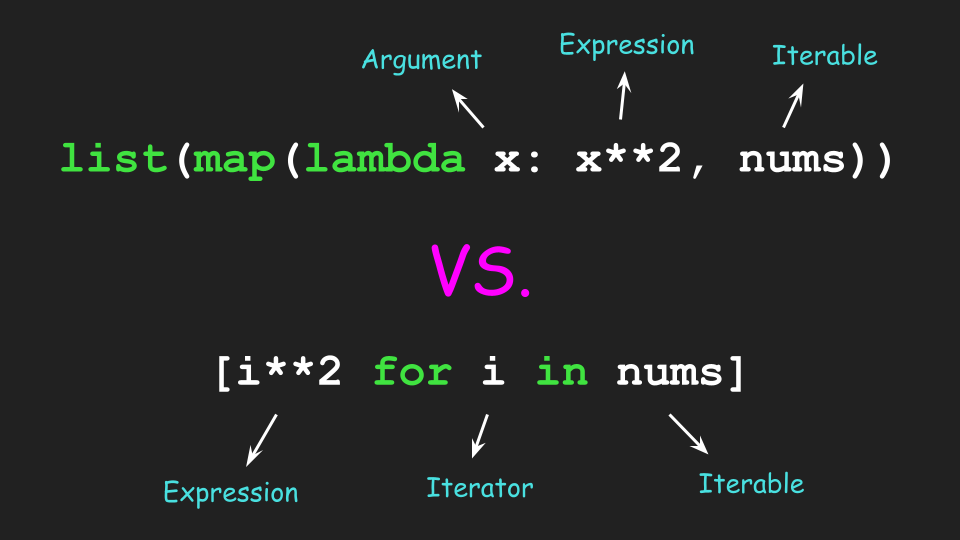
In this syntax, expression(element) is the transformation function that you want to apply to each element in the original list, and original_list is the iterable from which you want to create a new list.
Here's an example of how you might use list comprehension:
numbers = [1, 2, 3, 4, 5]
squared_numbers = [n ** 2 for n in numbers]
print(squared_numbers) # Output: [1, 4, 9, 16, 25]
In this example, the list comprehension takes each number in the numbers list and squares it (by raising it to the power of 2), resulting in a new list containing the squared numbers.
Set Comprehension
A set comprehension is similar to a list comprehension, but instead of creating a new list, you create a new set. The general syntax for set comprehension is as follows:
new_set = {expression(element) for element in original_list}
Just like with list comprehension, expression(element) is the transformation function that you want to apply to each element in the original list, and original_list is the iterable from which you want to create a new set.
Here's an example of how you might use set comprehension:
numbers = [1, 2, 2, 3, 4]
unique_numbers = {n for n in numbers}
print(unique_numbers) # Output: {1, 2, 3, 4}
In this example, the set comprehension takes each number in the numbers list and adds it to a new set, eliminating any duplicates. The resulting set contains only the unique numbers.
Key Differences
So what's the key difference between list comprehension and set comprehension?
The main difference is that sets are unordered collections of unique elements, while lists can be ordered collections of duplicate elements. In other words:
Set comprehensions create sets, which cannot contain duplicate elements and do not preserve order. List comprehensions create lists, which can contain duplicates and preserve order (if the original list was ordered).Here's another key difference: set comprehensions automatically eliminate any duplicate elements from the resulting set, while list comprehensions do not eliminate duplicates. If you want to remove duplicates from a list, you need to use the set() function or convert the list to a set and then back to a list.
In summary:
Use list comprehension when you want to create an ordered collection of elements with duplicates allowed. Use set comprehension when you want to create an unordered collection of unique elements (i.e., eliminate duplicates).I hope this helps clarify the differences between set and list comprehensions in Python!
